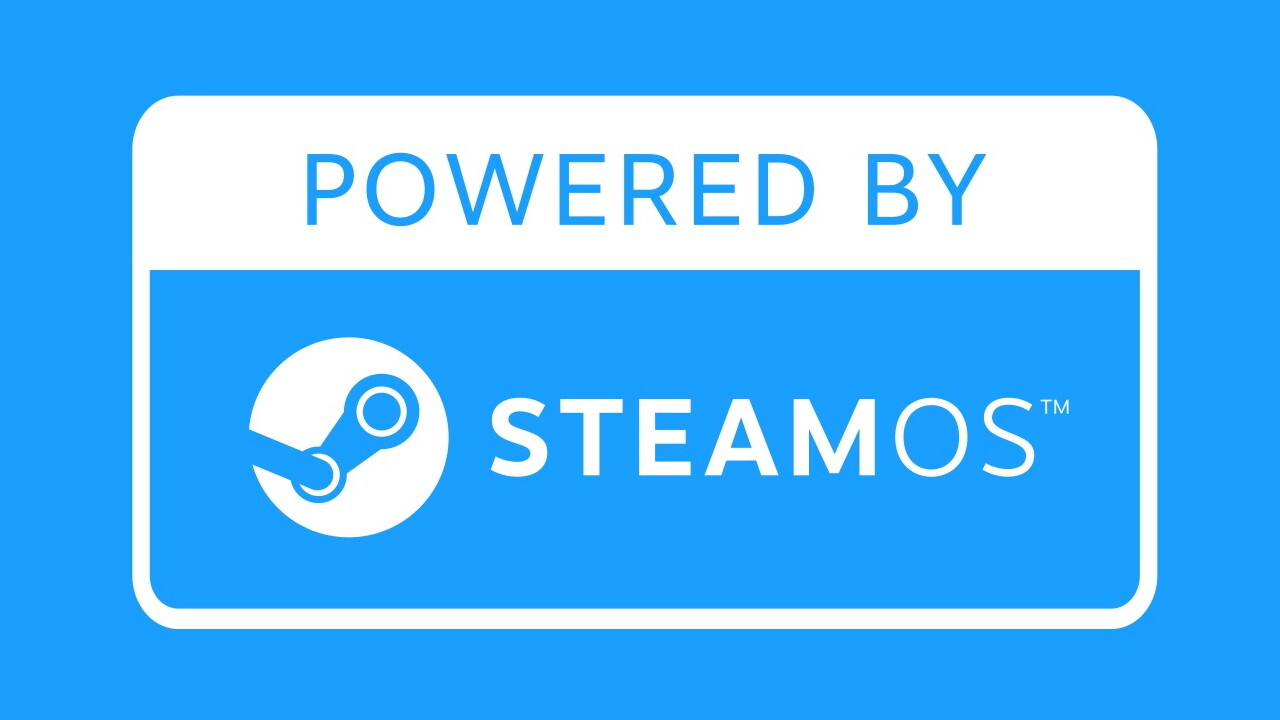Linux 2024 annual review: The Windows alternative finds more and more fans 220 comments
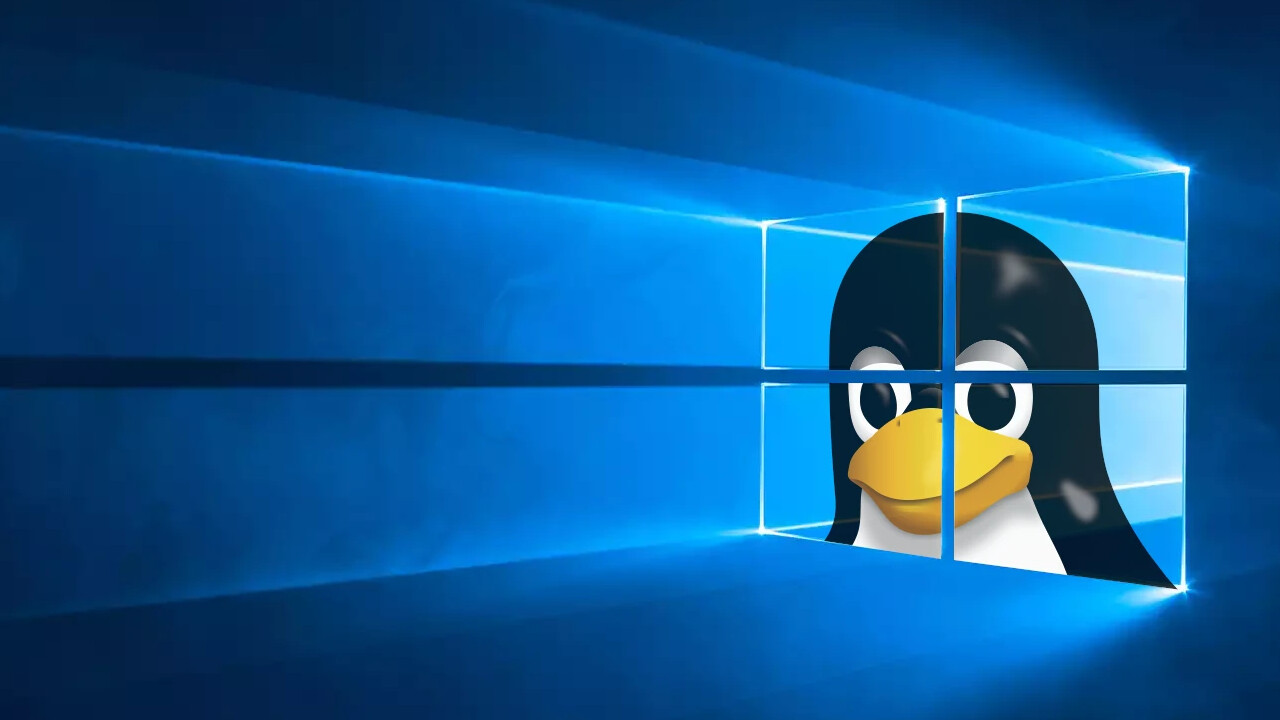
For a long time, Linux had a niche existence in the private environment. But since the Steam Deck, the desktop operating system has seen a big boost, thanks to thousands of working Windows games. And with Windows 10 ending this year, even more users might take note. Review of the year with perspectives.
Table of contents Windows alternative finds more and more fans Key developments of 2024Valve and Arch Linux cooperate SteamOS for All regressions in anti-cheat Security gaps in Linux QR codes in the “blue screen” Linux games on Apple’s new M1 drivers move AMD graphics cards away from x86 Nvidia opens up its drivers (a little) Wayland is increasingly becoming the standard Linux market share on desktop and on Steam A look at this year 2025
Key developments for 2024
The year 2024 brought a whole series of important innovations and changes for Linux and home users of the operating system.
Valve and Arch Linux cooperate
The year 2024 was positive for Arch Linux and its derivatives, as Valve and the development team behind Arch Linux announced cooperation. Package creation and signing must take place on reliable hardware and no longer on individual systems and developer keys. This means that a faster and above all more secure update process is expected. This also benefits Valve, as its SteamOS is also based on Arch Linux.
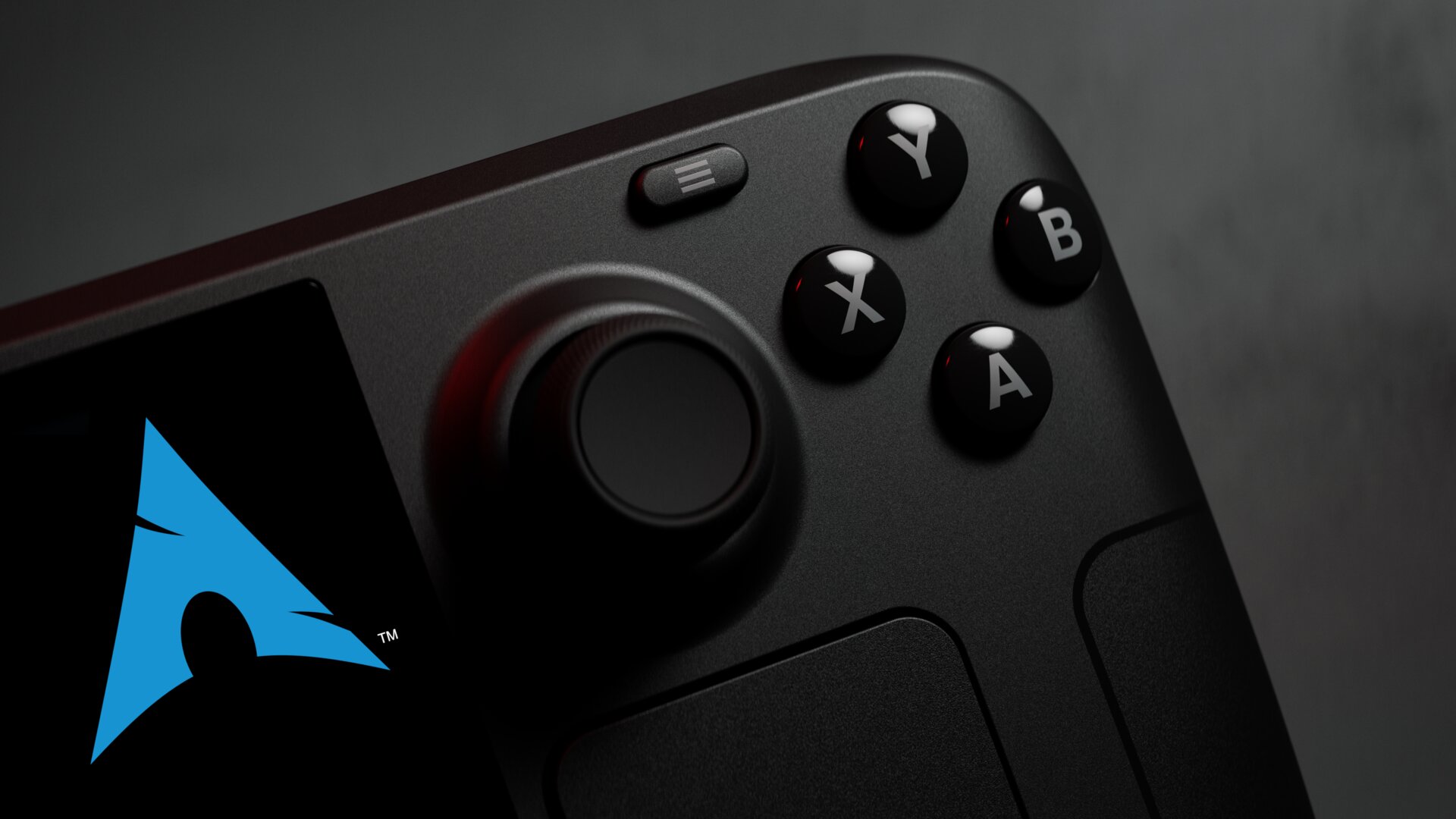 Steam Deck with the Arch Linux logo (Image: Photomontage)
Steam Deck with the Arch Linux logo (Image: Photomontage)
SteamOS for everyone
SteamOS Keyword: Without much announcement, Valve announced the possibility of using the Linux derivative SteamOS on third-party hardware by publishing the Steam brand guidelines and also presented a corresponding logo.
Shortly after, signs of imminent announcements from the relevant partners multiplied. Lenovo also invited AMD and Valve employees to a presentation at CES 2025 next week, including Pierre-Loup Griffais, co-designer of SteamOS and Steam Deck. SteamOS outside the Steam Deck? This should be a reality in less than a week.
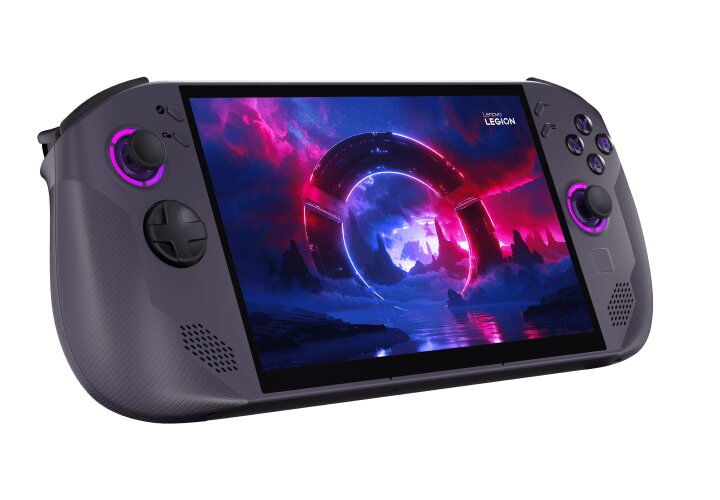 Lenovo Legion Go S with SteamOS and Steam Button (Image: Evan Blass (X))
Lenovo Legion Go S with SteamOS and Steam Button (Image: Evan Blass (X))
Anti-cheat regressions
While thousands of titles (see ProtonDB) now run on Linux and older titles in particular run even better than on Windows, for which they were originally released, Linux gamers still face a big problem: anti-cheat.
The reason: Although major anti-cheat manufacturers have introduced a Linux compatibility mode and sometimes it only takes a single click from the developer to release it, large development studios in particular either do not take this step or deprive games of the ability to run on Linux. thanks to the introduction of new anti-cheat measures. This is what happened this year to the popular GTA Online, which previously ran smoothly on Linux and even worked well on Steam Deck. But Rockstar is not alone in this.
With the introduction of other kernel-based anti-cheat solutions that worked deep into the system, other games are also no longer compatible with Linux. At the beginning of the year it had already arrived on League of Legends, which ran on Linux for years and even before the days of the Steam Deck. EA is also increasingly converting its games to its own anti-cheat and has removed several Battlefield games from the Linux list.
Battlefield 1 in testing
 Security vulnerabilities in Linux
Security vulnerabilities in Linux
But the year 2024 didn’t just bring positive news for Linux. Two major security breaches have also hit the Linux world. Earlier this year, attackers attempted to compromise xz compression software, which in turn is used by other critical programs such as systemd, after years of groundwork.
This was followed later in the year by regreSSHion, which allowed unauthenticated attackers to gain root access via OpenSSH. The gap was initially closed in 2006, but was unintentionally reopened in 2020. At that time, 14 million systems were potentially at risk of regreSSHion.
Q-regreSSHion-1200×628-1-1070×560
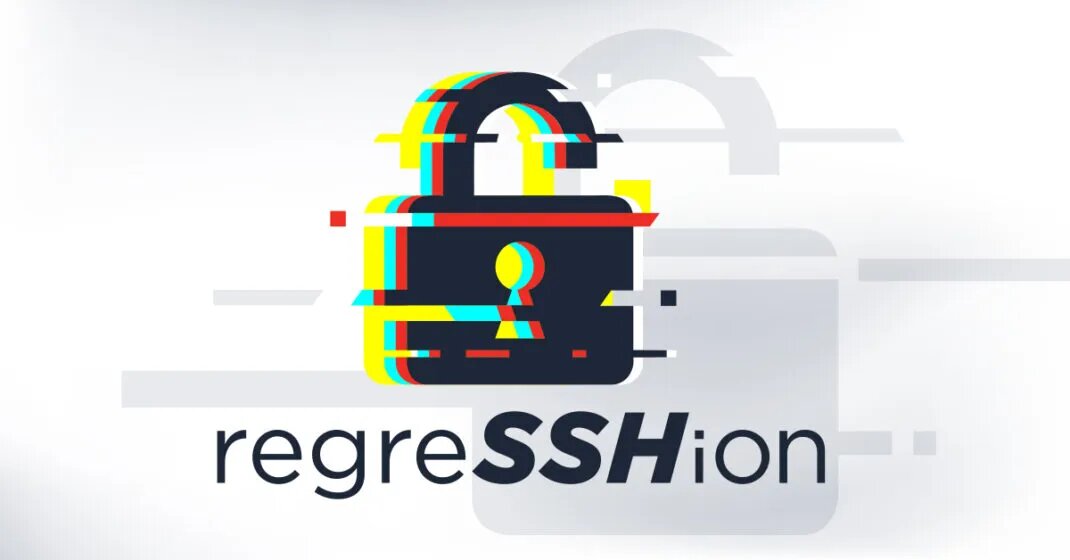 QR Codes in “Blue Screen”
QR Codes in “Blue Screen”
System crashes are tolerable, so much the better if they can at least help resolve the issues. The blue screen of death, already known in Windows, provided information on the nature of the error via error descriptions and QR codes. Linux users, on the other hand, had to wade through log files, which posed obstacles, especially for inexperienced users. But thanks to the introduction of QR codes in the event of a kernel panic, faster diagnosis should now also be possible on Linux and guide users in troubleshooting.
A TV that displays a QR code.
 Linux games on Apple it’s M1
Linux games on Apple it’s M1
Since the release of Apple’s first laptop with an M1 SoC, the Linux community has worked to bring the free operating system to Apple’s effectively a closed ecosystem. But it’s not just about simple computer use. It should be possible to access existing hardware resources, for example for video games.
In just a month, the Vulkan low-level programming interface was ported to the M1 and thanks to translation layers like Proton and x86 emulation on ARM, it became possible to play Windows games on Linux on a single Apple device, including, for example, Portal 2 and Control. But development is still in its early stages.
New space gray aluminum housing on the test sample
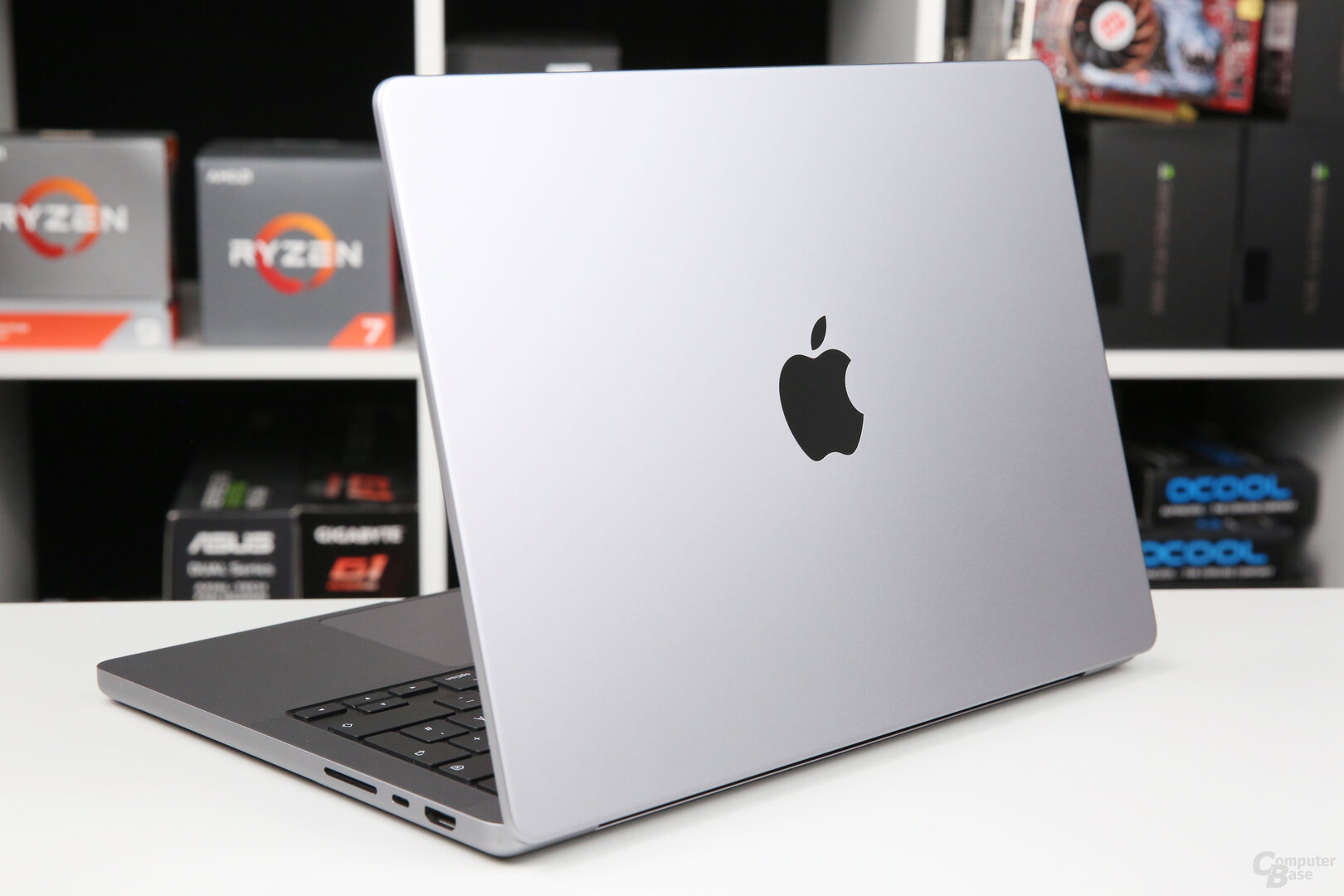 New drivers take AMD graphics cards beyond x86
New drivers take AMD graphics cards beyond x86
A PCIe connection is not enough to use a graphics card; appropriate drivers are also required. But not only that, they must also support the architecture of the processor used, which on the desktop is usually x86.
While the first steps have already been taken at the end of 2022 to run Radeon graphics cards on an ARM system under Linux, many more advances have taken place in 2024 that make it possible to run AMD graphics cards on RISC-V systems and same MIPS like Loongson.
Morefine Mini PC: before
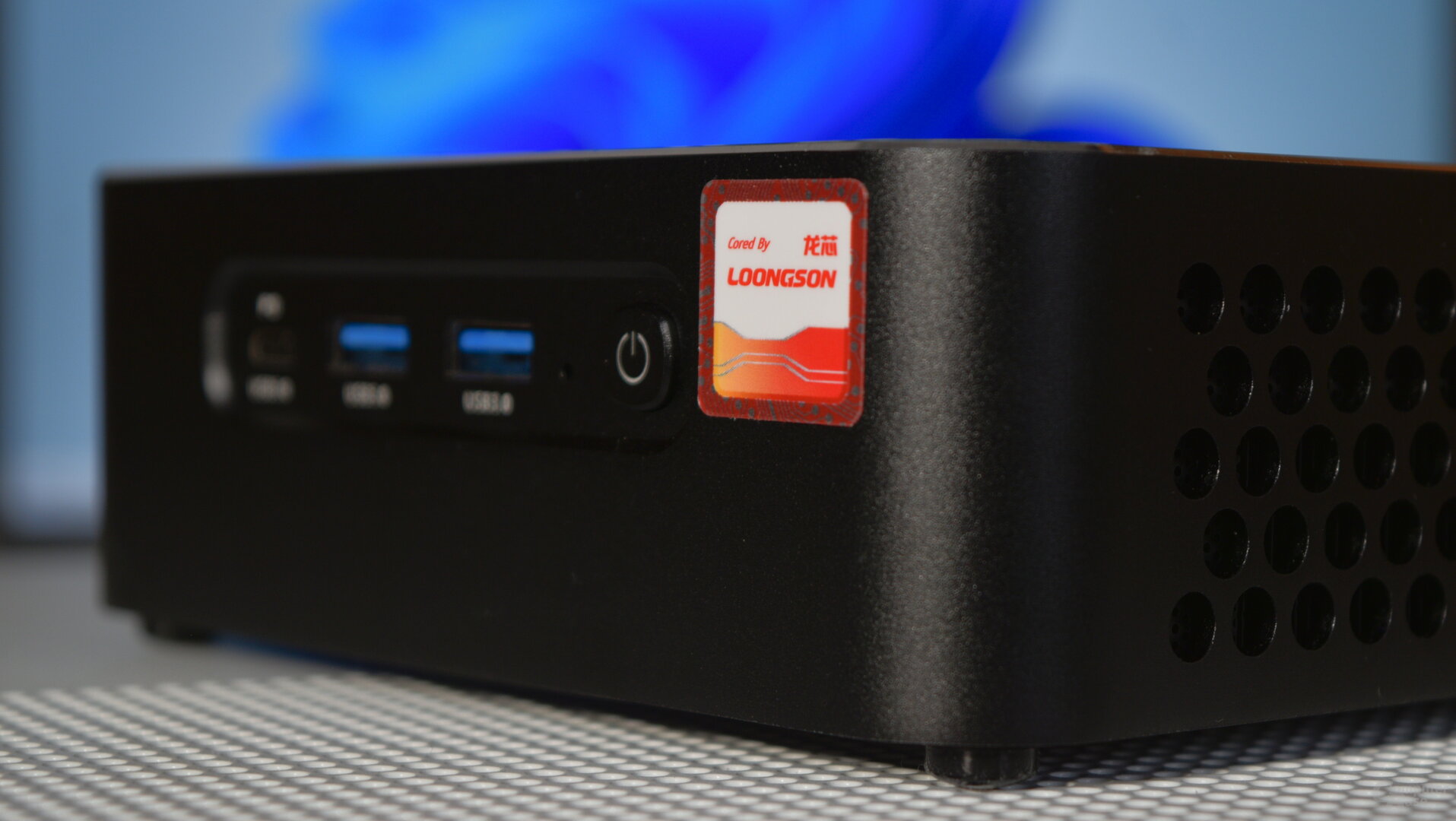 Nvidia opens up its drivers (a little)
Nvidia opens up its drivers (a little)
While AMD had been implementing its driver as an open source version in the Linux kernel for several years, the inclined Nvidia user was still dependent on drivers directly from the developer. Nvidia has stopped development of a free driver. But times are changing and Nvidia opened up at least partially in 2024 and released an open source version of the driver, which will also become the standard for the Turing generation of graphics cards. Essentially, Nvidia outsources driver tasks to the GPU system processor (GSP) included in the GPU.
GeForce RTX 2080 Ti Founders Edition
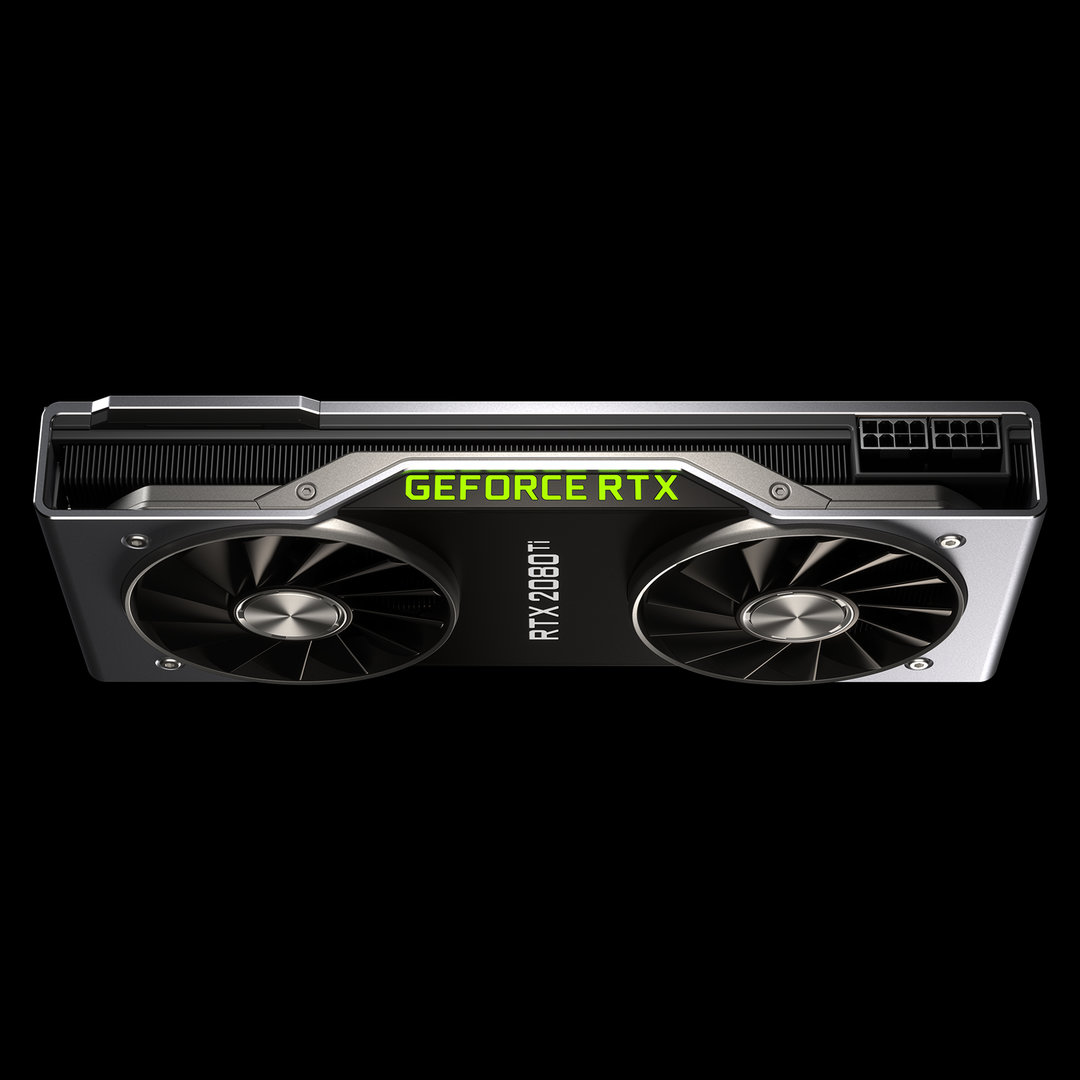 Wayland is becoming more and more standard
Wayland is becoming more and more standard
It is in particular thanks to the increasing openness of Nvidia that the development of free standards has once again accelerated. More and more Linux desktop environments are using the new Wayland as standard and more are at least preparing to use it. The next major revision of the Plasma desktop was released in 2024 with KDE Plasma 6, which now uses Wayland as its default protocol.
GIF Improved touchpad gestures and desktop preview (Image: kde.org)
Linux market share on desktop and Steam
Even though Linux still occupies a niche spot on the desktop, statistics show that the operating system continues to spread. Linux is particularly popular in emerging countries, but is also gaining more and more fans there. In particular, the upcoming end of support for Windows 10 in October 2025, but also the growing possibilities of using Linux as a gaming operating system, are increasing market shares.
Linux on desktop reaches around 4% of users worldwide and in the area of pure gaming, specifically on the Steam platform, it now reaches 2%. About a quarter of Linux players on Steam use a Steam Deck – three-quarters do not.
Worldwide distribution of desktop operating system
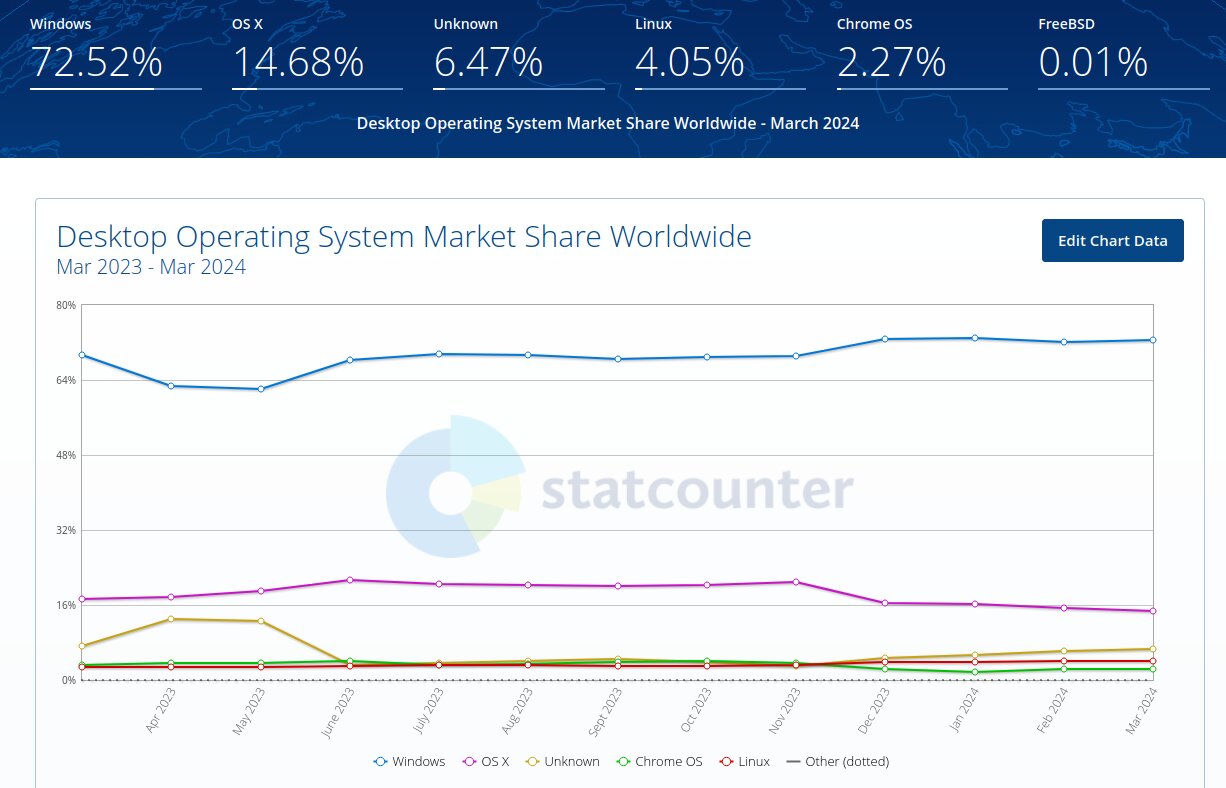 A look towards 2025
A look towards 2025
A lot happened in 2024 and a lot more will happen in the year to come. Will 2025 be the year of Linux? Probably not. Will the operating system receive more traction and support? Certainly. Not only are large companies supporting Valve and its cooperation partners to put Linux games in the hands of gamers, but the user base is also expanding, making the free operating system more interesting for software developers .
With the end of Windows 10 in October, older computers equipped with Linux and excluded from Windows 11 could begin a new life cycle.
Regardless, the barriers to entry into the Linux world are getting lower every year, and ready-to-use Linux can now be installed in five minutes, even by inexperienced users:
Don’t be afraid of Linux: an overview of how to get started with the Windows alternative
Was this article interesting, helpful, or both? The editorial team appreciates any support from Techastuce Pro and disabled ad blockers. Learn more about ads on Techastuce.
Topics: AMD Anti-Cheat Arch Linux Operating Systems Games Graphics Cards GeForce Linux Nvidia Open Source Radeon Vulnerability Steam Deck SteamOS Valve

A lifelong video game enthusiast, Julien reviews the latest releases and explores the technologies transforming the gaming world.

